Backcountry skiing is all about leaving groomed trails behind and earning your turns in untouched snow. But, if it’s your first time, the mix of uphill climbs, unpredictable snow, and safety concerns can feel overwhelming. Here’s the good news: with the right gear and preparation, you can make your first tour way smoother.
Key Takeaways:
- Backcountry skiing involves hiking uphill before skiing down. It’s more physical than resort skiing but offers incredible views and freedom.
- Safety is critical: take an avalanche safety course and carry essential gear like a beacon, probe, and shovel.
- Packing smart is a must - layered clothing, high-energy snacks, navigation tools, and emergency supplies are non-negotiable.
- Short skis like Snowfeet* WALKSKI (100 cm) are beginner-friendly. They’re lightweight, easy to carry, and work with regular winter boots - no need for expensive touring boots.
Why Short Skis Help Beginners:
- Easier to turn and control, especially in tight spaces or tricky snow.
- Lighter, so you’ll save energy on uphill climbs.
- Compact size fits in a backpack, making transitions and packing less of a hassle.
Start with easy routes, stick with experienced friends, and practice using your gear before heading out. With the right prep and mindset, your first backcountry adventure can be unforgettable. Let’s dive into what you need to know.
How to Take Your First Ski Turns in the Backcountry
Preparing for Backcountry Skiing
Heading into the backcountry is an adventure, but it’s not without its risks. Unlike resort skiing, where groomed trails and ski patrols provide a safety net, backcountry skiing takes you into wild, uncontrolled terrain. Conditions can shift in the blink of an eye, and help isn’t always close by. That’s why preparation is key - it’s your best tool for staying safe and having a great time.
Avalanche Safety and Terrain Basics
If you’re new to backcountry skiing, start by signing up for an avalanche safety course. These courses teach you how to evaluate snow conditions, read the terrain, and use essential safety gear like beacons, probes, and shovels. It’s an investment in your safety that can make all the difference when you’re out there.
Staying informed is another crucial step. Bookmark sites like the Utah Avalanche Center, Colorado Avalanche Information Center, or Northwest Avalanche Center for up-to-date avalanche forecasts in your region. These reports give you a clear picture of current risks and help you plan routes wisely.
Speaking of routes, learn to spot terrain features that could spell trouble, like steep slopes or gullies prone to avalanches. Stick to conservative paths with clear escape options. Using gear like Snowfeet* WALKSKI short skis can give you added agility, letting you adapt quickly to changing snow conditions.
Safety isn’t just about knowledge - it’s also about being prepared. Pack smart and be ready for whatever the mountains throw at you.
What to Pack for Your First Tour
Mountain weather can be unpredictable, so gear up for all kinds of conditions. Your pack should cover the essentials: navigation tools, sun protection, insulation, first aid, illumination, and emergency supplies.
For navigation, bring a topographic map in a waterproof case and a compass. Don’t forget to download offline maps on your phone as a backup. Layer up with moisture-wicking clothing, a warm puffy jacket, gloves, and a hat to stay comfortable in cold temperatures.
Fuel your adventure with high-energy snacks like nuts, dried fruit, and energy bars, and keep insulated water handy to stay hydrated and prevent freezing. A headlamp with extra batteries, a whistle, and fire-starting tools are must-haves for unexpected situations. Emergency shelter is another smart addition, especially when daylight is short.
The compact design of Snowfeet* WALKSKI short skis makes packing easier. Unlike traditional long skis that require awkward external mounting, these short skis free up space for your essential gear.
Lastly, bring a small repair kit - think zip ties, duct tape, and a multi-tool - for quick fixes on the go. With the right prep, you’ll be ready to enjoy the freedom and agility that Snowfeet* offers on your backcountry adventure.
Choosing the Right Gear: Why Snowfeet* WALKSKI Short Skis Work for Beginners
Starting out in backcountry skiing? The gear you choose can make or break your experience. While traditional skis focus on length and complexity, Snowfeet* WALKSKI short skis are designed with beginners in mind. They prioritize simplicity and ease, tackling the common hurdles that newcomers face. Let’s break down how portability, boot compatibility, and smart design make these skis a great choice for first-timers.
Portability and Weight Benefits
Snowfeet* WALKSKI short skis are all about making your backcountry adventures easier. Unlike traditional alpine touring skis, which tend to be long and cumbersome, these short skis are compact and lightweight. That means less bulk to carry when navigating steep or rocky trails. Plus, their lighter design helps reduce fatigue during those long uphill treks, so you can enjoy the journey without feeling weighed down.
Easy-to-Use Design and Boot Compatibility
One of the standout features of Snowfeet* WALKSKI is how beginner-friendly they are. Forget the need for expensive, specialized alpine touring boots - these skis work with standard winter boots or snowboard boots you probably already own. This not only saves money but also simplifies your setup, so you can focus on learning to ski instead of wrestling with complicated equipment.
The bindings are intuitive and easy to adjust, giving you confidence to handle quick changes in mountain conditions. With Snowfeet* WALKSKI, the learning curve feels less like a mountain and more like a hill.
Comparison Table: Snowfeet* WALKSKI vs Traditional Skis and Snowboards
| Feature | Snowfeet* WALKSKI | Traditional Alpine Touring Skis | Splitboards |
|---|---|---|---|
| Length | About 39 inches (100 cm) | Typically much longer | Generally longer |
| Weight | Lightweight and compact | Heavier due to added components | Bulkier |
| Boot Compatibility | Works with standard winter and snowboard boots | Requires specialized alpine touring boots | Uses snowboard-specific boots |
| Price | ~$675, beginner-friendly | Higher overall cost | Varies, often pricier |
| Learning Curve | Minimal and easy to grasp | Steeper due to bindings | Moderate to steep |
| Portability | Fits easily in a backpack | Less portable | Less compact |
| Setup Time | Quick and straightforward | Time-intensive | Involves extra steps |
Snowfeet* WALKSKI stands out for its affordability, quick setup, and ease of use. For beginners, it’s a no-brainer if you want to dive into backcountry skiing without breaking the bank or getting bogged down by complicated gear.
In short, these short skis offer a practical and user-friendly alternative to traditional setups, making backcountry skiing more accessible for those just starting out.
Safety Equipment and Practices
Backcountry skiing in the United States comes with a unique set of challenges that you won’t face at a resort. Among the most serious risks are avalanches, which have tragically claimed lives. That’s why having the right safety gear and knowing how to use it aren’t just helpful - they’re essential. Out in the backcountry, where help could be hours away, your equipment and preparation could be the difference between life and death.
Let’s dive into the must-have gear for staying safe in avalanche terrain.
Required Avalanche Safety Gear
If you’re heading into avalanche-prone areas, there are three pieces of gear you absolutely cannot skip. Known as the "avalanche trinity", these tools work together to save lives in emergencies.
- Avalanche Transceiver (Beacon): This device is your lifeline. It sends out a rescue signal if you’re caught in an avalanche, helping others locate you. Today’s transceivers are faster and more accurate, with multiple antennas for better performance. But here’s the thing - owning one isn’t enough. You need to practice switching between search and transmit modes until it feels automatic.
- Avalanche Probe: Once the transceiver narrows down the search area, the probe helps pinpoint the exact location of a buried person. Make sure to choose one long enough to handle deep snow conditions.
- Avalanche Shovel: A sturdy shovel is critical for digging someone out quickly. Look for one with a durable metal blade and a solid handle that won’t fail under pressure.
Getting comfortable with these tools is non-negotiable. Practice regularly, because in a real emergency, quick reflexes and muscle memory save lives. Many ski areas and avalanche centers offer training sessions to help you hone these skills.
Additional Safety Equipment
While the avalanche trinity is non-negotiable, there are other items that can make a big difference when you’re out in remote terrain. As your skills grow, you can gradually build out your safety kit.
- Helmet: Backcountry skiing often means navigating rocky, icy, or tree-filled terrain. A lightweight, ventilated helmet designed for uphill travel can protect you in case of a fall or collision.
- Emergency Communication Devices: Cell service is often unreliable in the backcountry. Devices like personal locator beacons (PLBs) or satellite messengers connect directly with search and rescue teams, giving you a lifeline when it matters most.
- Repair Tools and Gear: A simple repair kit can save the day if your equipment fails mid-tour. Pack essentials like ski straps, a multi-tool, duct tape, and zip ties to handle common issues.
- First Aid Kit: A backcountry-specific first aid kit should cover everything from minor cuts to sprains and even hypothermia. Taking a wilderness first aid course is a smart move to prepare for situations where professional help might take hours to arrive.
As you gather gear, don’t forget to invest in your knowledge. Before heading out, take an avalanche safety course - organizations like the American Avalanche Association offer Level 1 courses across the country. The more prepared you are, the safer and more confident you’ll feel when exploring off-the-beaten-path terrain. Keep in mind, though, that your gear is only as effective as your ability to use it when things go south. Practice, prepare, and prioritize safety.
sbb-itb-17ade95
Terrain Navigation and Practical Tips
Navigating backcountry terrain isn’t something you can just wing. It takes planning, preparation, and some smart choices. Unlike the controlled environment of resort skiing, the backcountry is raw and unpredictable - think unmarked slopes, hidden obstacles like trees and cliffs, and weather that can change on a dime.
Reading Terrain and Planning Routes
The real work starts before you even step outside. Planning your route at home is key. Always check the latest avalanche forecasts. These reports clue you in on snowpack hazards and help you decide which areas to avoid - like those steep, north-facing slopes that can be risky when avalanche danger is high.
For your first few backcountry outings, stick to simple, low-risk routes. This way, you can focus on getting used to your gear and practicing your uphill technique without biting off more than you can chew. Resources like guidebooks, topographical maps, and websites such as Powder Project are great for finding detailed maps and photos of potential routes.
That said, don’t blindly trust guidebooks. Conditions change, and what’s considered safe in print might not be in real life. Always cross-check your plans with current avalanche forecasts. And before you head out, talk through your route with your group. Even if you’re new, don’t hesitate to voice concerns if something feels off - your gut feeling matters.
If you’re serious about backcountry skiing, take the time to invest in avalanche education. Start with a free avalanche awareness class to learn the basics, like where and why avalanches happen. From there, move on to Level 1 courses to really sharpen your skills in identifying avalanche terrain and making safer decisions. This foundation will prepare you for everything the WALKSKI system has to offer.
Using Snowfeet* WALKSKI on Different Terrain
Once your route is planned, your gear becomes your best friend - or your worst enemy. Luckily, the Snowfeet* WALKSKI’s 100 cm length is built for tackling the backcountry with ease. Compared to traditional long skis, these shorter skis are a game-changer. They’re way easier to maneuver, whether you’re dodging trees, threading through narrow chutes, or making quick turns in tight spots.
Their lighter swing weight also means less fatigue when you’re making turn after turn through tricky snow. And when it’s time to climb, the shorter, lighter WALKSKI makes uphill skinning feel less like a grueling workout. Traditional backcountry skis tend to be heavier, which can wear you out faster on those long ascents.
Icy or firm snow? No problem. The WALKSKI’s shorter length gives you better control and faster response, making it easier to stay steady. If you’re struggling with an icy skin track, you can quickly adjust your route - maybe move a bit higher or lower to find better grip. This kind of flexibility is a big reason why WALKSKI is such a great choice for beginners.
Movement and Rest Strategies
Backcountry skiing isn’t just about the gear - it’s also about pacing yourself. With shorter winter days, you’ve got to be efficient. Start your tour feeling a little chilly (that “bold, start cold” rule). You’ll warm up as you move, and starting too warm can lead to overheating and wasting time peeling off layers.
When climbing steep sections, use heel risers. These handy tools make it feel like you’re walking up a staircase, saving energy and reducing muscle strain. The WALKSKI’s bindings work seamlessly with heel risers, making those tough climbs feel a lot more manageable - especially if you’re new to this.
Transitions between skinning and skiing modes can eat up time if you’re not prepared. Practice switching modes at home until it feels automatic. Group tasks like adjusting boots and bindings together to avoid bending down repeatedly, and plan ahead to minimize time spent standing in the cold. WALKSKI’s simple binding system makes these transitions quicker and less of a hassle compared to traditional setups.
Don’t forget to keep snacks and water within easy reach. Avoid hydration bladders - they’re notorious for freezing in cold weather. Instead, go for insulated bottles. And when skinning, tweak your boot buckles: loosen the top cuff and tighten the lower ones. This reduces friction, helps prevent blisters, and gives you better stability on awkward sidehills.
With the WALKSKI system, you’ll save energy and focus more on enjoying the ride. Its lightweight design and beginner-friendly features make it easier to develop good habits and fully immerse yourself in the backcountry experience, without fighting against heavy, clunky gear.
Why Short Skis Work Better for Backcountry Beginners
If you're used to resort skiing, backcountry terrain might feel like a whole new ballgame - and it kind of is. The gear that works wonders on groomed runs doesn't always hold up when you're navigating unpredictable snow and rugged landscapes. That's where short skis, like the Snowfeet* WALKSKI (100 cm), come in handy. They’re designed to make backcountry skiing less intimidating and more enjoyable for beginners. Let’s break down how they save energy, improve control, and challenge some outdated ideas about ski gear.
Less Fatigue, More Fun
Backcountry skiing can be physically demanding. Between hiking uphill for hours with a pack and tackling variable snow conditions, you’ll need all the help you can get. Short skis like the WALKSKI are lightweight, which means less strain on your legs during those long ascents. Plus, their reduced swing weight makes every step feel a little easier.
When it comes to maneuverability, shorter skis are a game-changer. They respond quickly to your movements, making it easier to pivot and adjust on the fly. This is especially helpful when you’re learning to read backcountry terrain, where snow conditions can change from powder to crust in an instant. That quick-turning ability can be the difference between feeling in control and feeling overwhelmed.
Rethinking Old Ski Rules
For years, the mantra was: longer skis equal more stability and speed. But backcountry skiing isn’t about bombing down groomed runs - it’s about adaptability. Snowfeet* founders Zbynek and Michael saw this gap in traditional ski design and created the WALKSKI system to prioritize ease of use and accessibility. Their approach strips away the complexity of conventional setups, making it less intimidating for newcomers.
By simplifying the gear, the WALKSKI system lets beginners focus on mastering the basics of backcountry skiing without getting bogged down by heavy or complicated equipment. This fresh perspective is exactly why short skis shine in so many backcountry scenarios.
Short Skis vs. Traditional Setups: A Quick Look
Here’s how short skis like the WALKSKI stack up against traditional backcountry skis:
| Scenario | Snowfeet* WALKSKI (100 cm) | Traditional Backcountry Skis (160-180 cm) |
|---|---|---|
| Approach Hikes | Lightweight and easy to carry | Heavier and bulkier |
| Quick Transitions | Simple bindings for fast switches | Slower, more complex binding systems |
| Packing for Travel | Fits in standard luggage | Requires large, specialized ski bags |
| Technical Terrain | Agile and responsive in tight spots | Harder to maneuver in confined areas |
| Learning Curve | Easy turning builds confidence fast | Steeper, more challenging learning process |
| Boot Compatibility | Works with regular winter boots | Requires specialized ski boots |
| Storage | Compact and space-saving | Needs dedicated storage space |
Traditional setups often come with a hefty price tag and a pile of specialized gear. In contrast, the WALKSKI system works with the winter boots you probably already own, making it a practical option for anyone just starting out.
For beginners, having gear that’s easy to manage and forgiving can make all the difference. Short skis let you focus on the fun part - exploring the backcountry - without the frustration of wrestling with oversized or overly technical equipment. With these skis, you’ll build confidence fast and spend more time enjoying the adventure.
Start Your Backcountry Adventure with Confidence
Heading out on your first backcountry ski tour doesn’t have to feel overwhelming. With solid preparation, some basic safety know-how, and gear that suits your abilities, you’ll be ready to tackle the mountains with confidence. The secret? Start smart - learn the basics about avalanches, pack the right safety gear, and pick equipment that works with you, not against you.
The right gear can make all the difference, especially when you’re just starting out. Take the Snowfeet* WALKSKI system, for example. These short skis strip away the complexity of traditional setups, giving beginners a simpler way to navigate the backcountry. They’re easy to handle, perform well on mixed terrain, and let you focus on mastering key skills like reading the terrain and understanding mountain conditions.
Backcountry skiing isn’t just about reaching the summit - it’s about the experience along the way. Whether you’re dealing with tricky snow or navigating tight spaces, having skis that are responsive and easy to maneuver can boost your confidence and make the journey more enjoyable.
Zbynek and Michael, the creators of Snowfeet*, designed the WALKSKI system with beginners in mind. Their goal? To make backcountry skiing more accessible by simplifying the gear. After all, you’re already tackling new challenges like unpredictable snow, finding your route, and managing the physical effort. The last thing you need is equipment that complicates things.
Stick to terrain that matches your skill level, team up with experienced friends, and trust the preparation you’ve put in. The mountains aren’t going anywhere, so there’s no rush. With the right mindset and gear, you’ll soon understand why so many people fall in love with the freedom and adventure of backcountry skiing.
The backcountry is calling, and tools like the WALKSKI system make it easier than ever to answer. With smart preparation and gear that supports you, those challenges ahead can quickly turn into some of your most rewarding adventures.
FAQs
What safety precautions should I take before my first backcountry skiing trip?
Heading out for your first backcountry skiing trip? Safety should be your top priority. Start by enrolling in a reputable backcountry or avalanche safety course. These courses teach you how to assess risks, read terrain, and make smart decisions. Plus, always team up with an experienced group - they’ll help you navigate unfamiliar areas and provide guidance when it counts.
Don’t forget your essential safety gear: an avalanche transceiver, shovel, and probe. And here’s the key - make sure you actually know how to use them before you hit the snow. Before you go, check the avalanche forecast for your destination and plan your route carefully to avoid hazardous zones.
For beginners, the Snowfeet WALKSKI Backcountry Touring Skis (100 cm) are a fantastic option. They’re lightweight and easy to manage, which helps you stay in control and adapt to changing terrain. Being prepared and informed not only keeps you safe but also makes your first backcountry adventure way more enjoyable!
Why are Snowfeet* WALKSKI short skis a great choice for beginners in backcountry skiing?
Snowfeet* WALKSKI short skis (100 cm) are a great pick for beginners, especially since they’re about 40% shorter than standard touring skis. This smaller size makes them super easy to carry, stash away, and handle - perfect for anyone new to backcountry skiing. Plus, their lightweight build means less strain on your legs, so you can spend more time enjoying the slopes and less time wrestling with heavy gear.
Unlike traditional long skis, WALKSKI short skis offer better control and adaptability across various terrains. This makes them an ideal choice for mastering the basics of backcountry skiing. They’re designed to make your first steps into the sport smoother and less intimidating, all while providing the performance you need for a safe and enjoyable adventure.
What are the best resources for learning avalanche safety and planning backcountry ski routes?
When you're heading into the backcountry for skiing, knowing the basics of avalanche safety and route planning isn't just helpful - it's absolutely necessary. A great starting point? Check out avalanche education courses from groups like the American Institute for Avalanche Research and Education (AIARE) or local resources like the Colorado Avalanche Information Center (CAIC). These courses offer hands-on training and teach you the must-know skills to navigate unpredictable terrain safely.
Beyond that, there are plenty of tools online to help you plan your routes and stay informed. Local avalanche forecasts, educational videos, and even community forums can be invaluable. Spending time learning these skills doesn’t just keep you safer - it also makes your adventures in the backcountry way more enjoyable.
Related Blog Posts
- Intro to Light Backcountry: Essential Gear for Exploring Beyond the Groomed Trails (Without the Pro Setup)
- How to Choose Skis for Backcountry Beginners (Safety First!) - 2025
- First Backcountry Ski Tour: What to Expect (Step-by-Step Walkthrough)
- Best Touring Ski Destinations in the Alps and Rockies (2025 Edition)







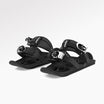
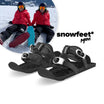
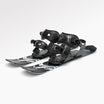
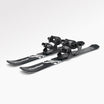

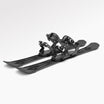

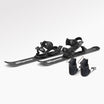






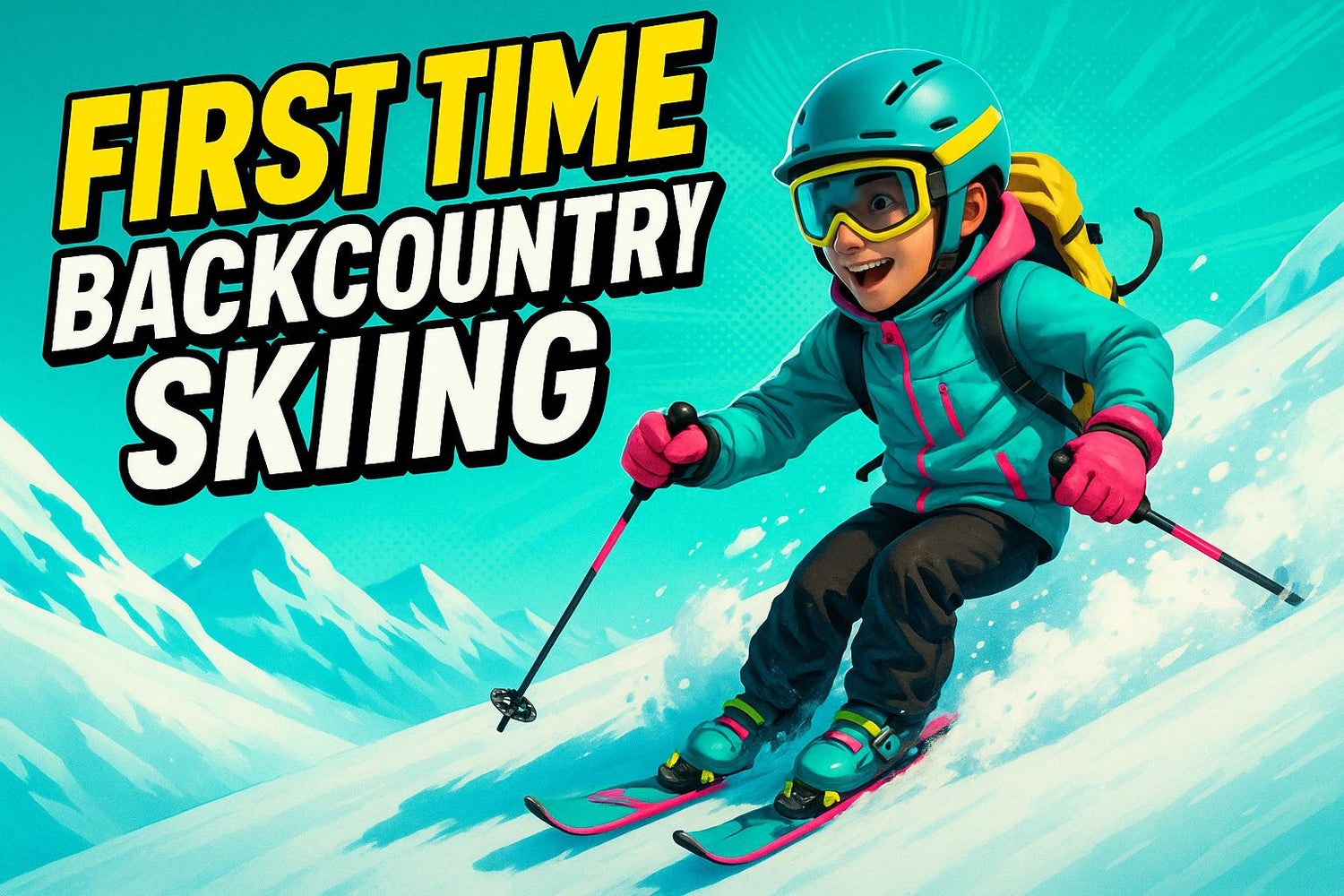
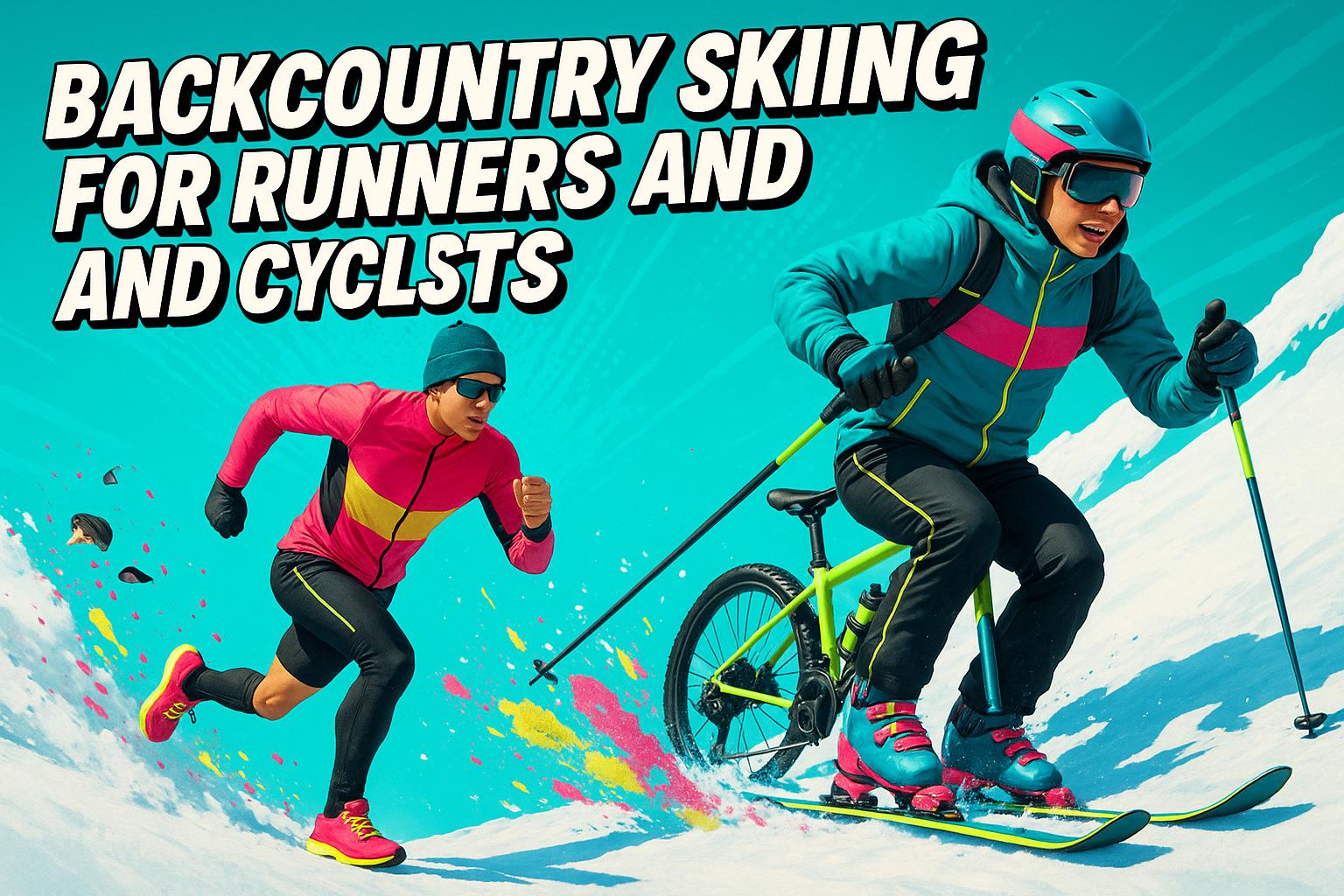





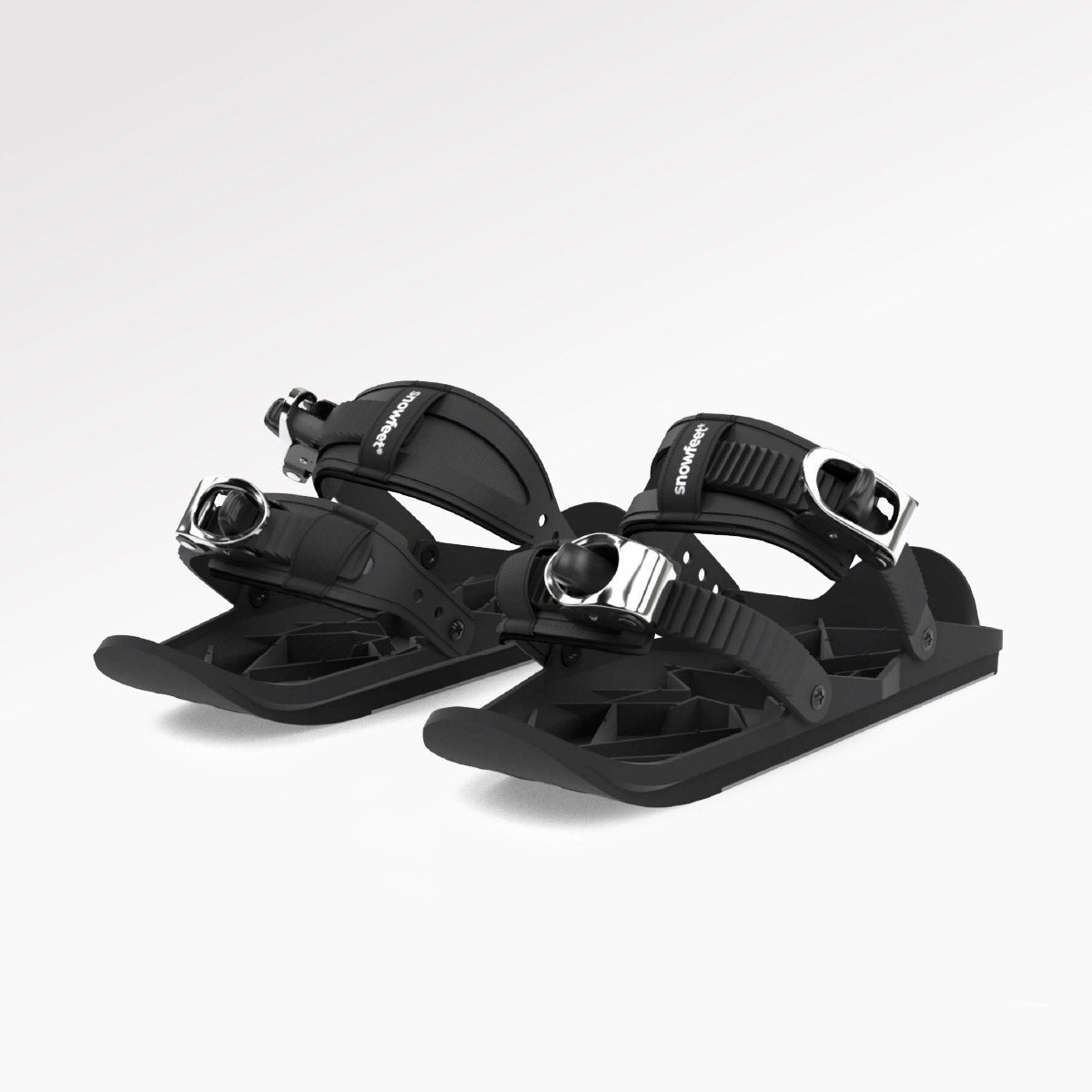
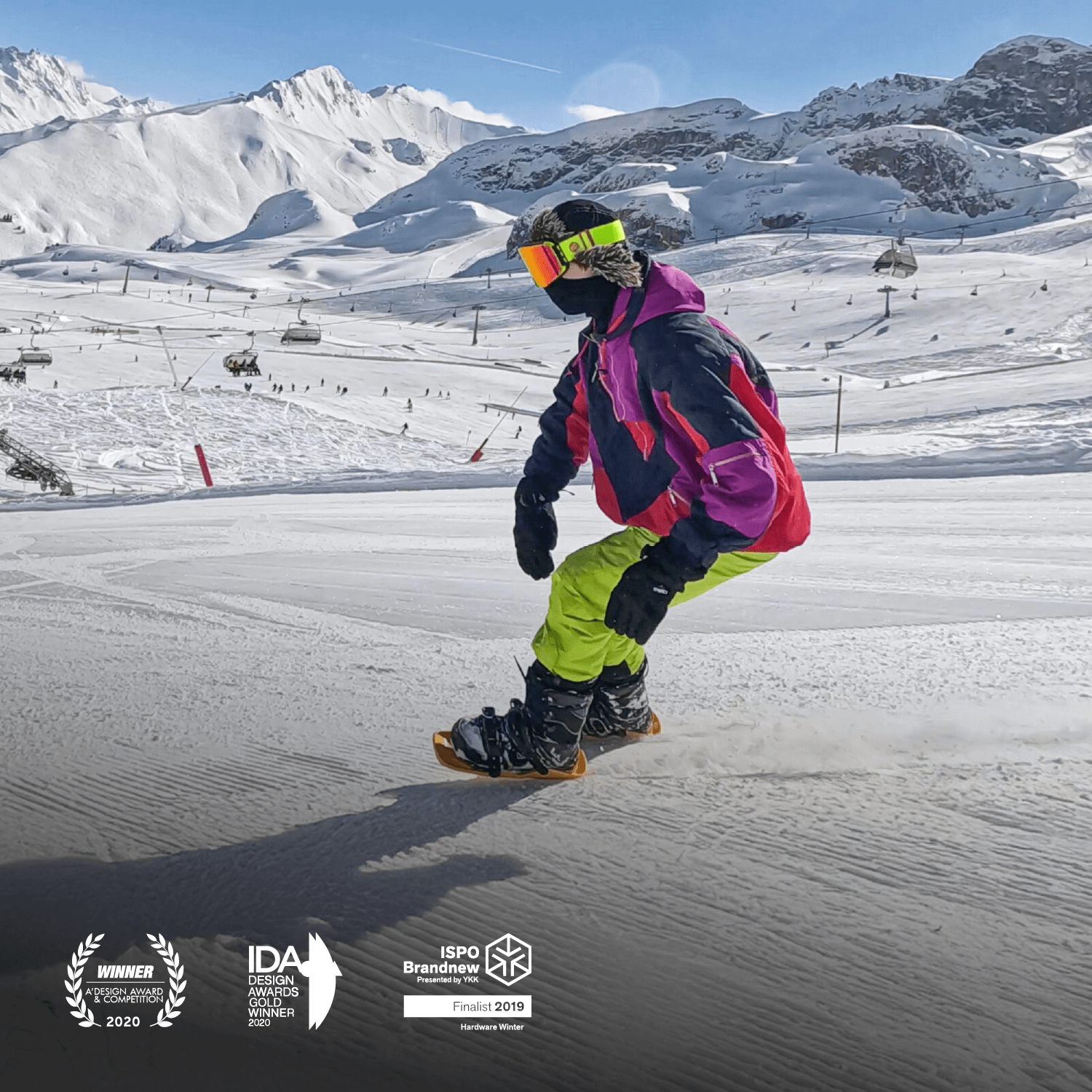
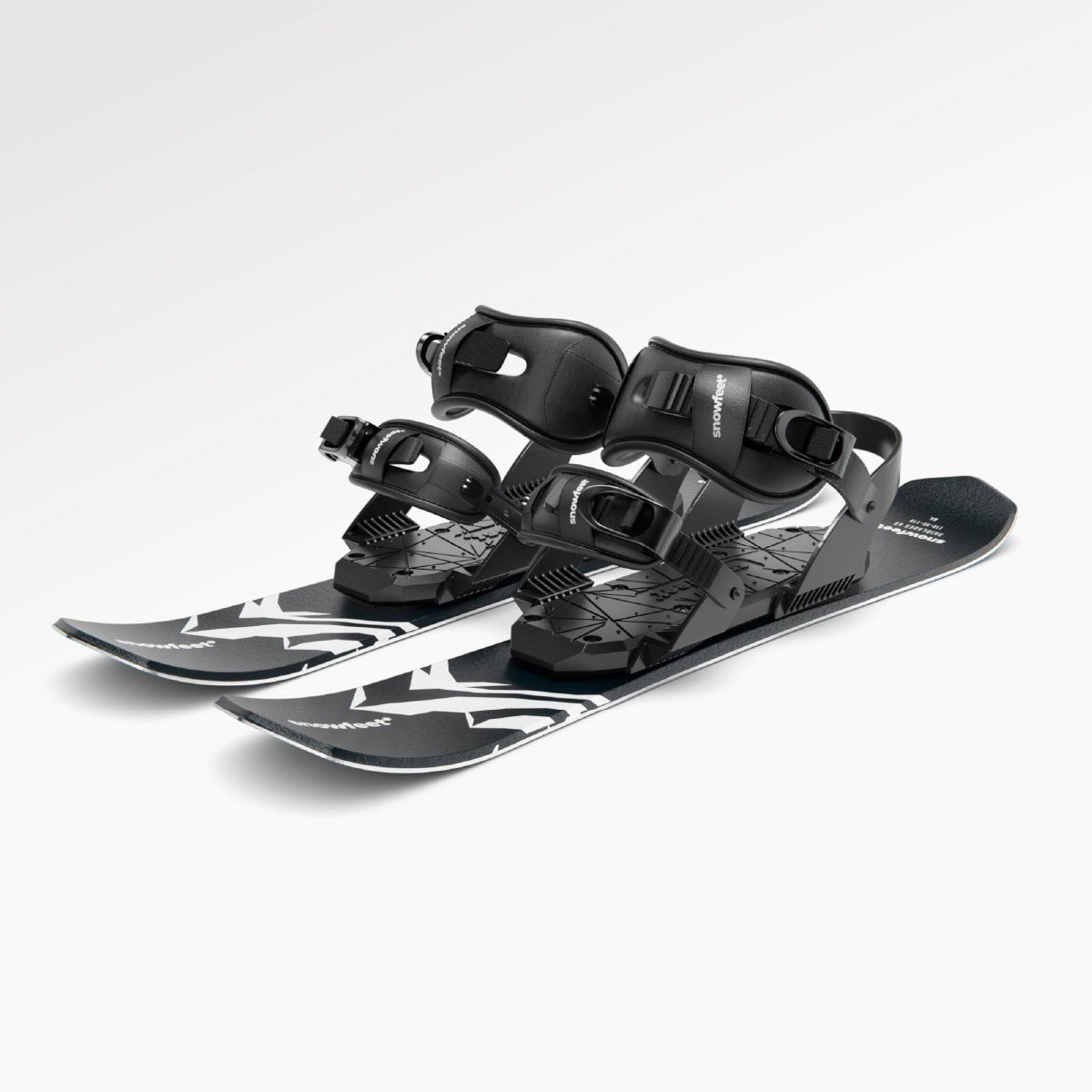

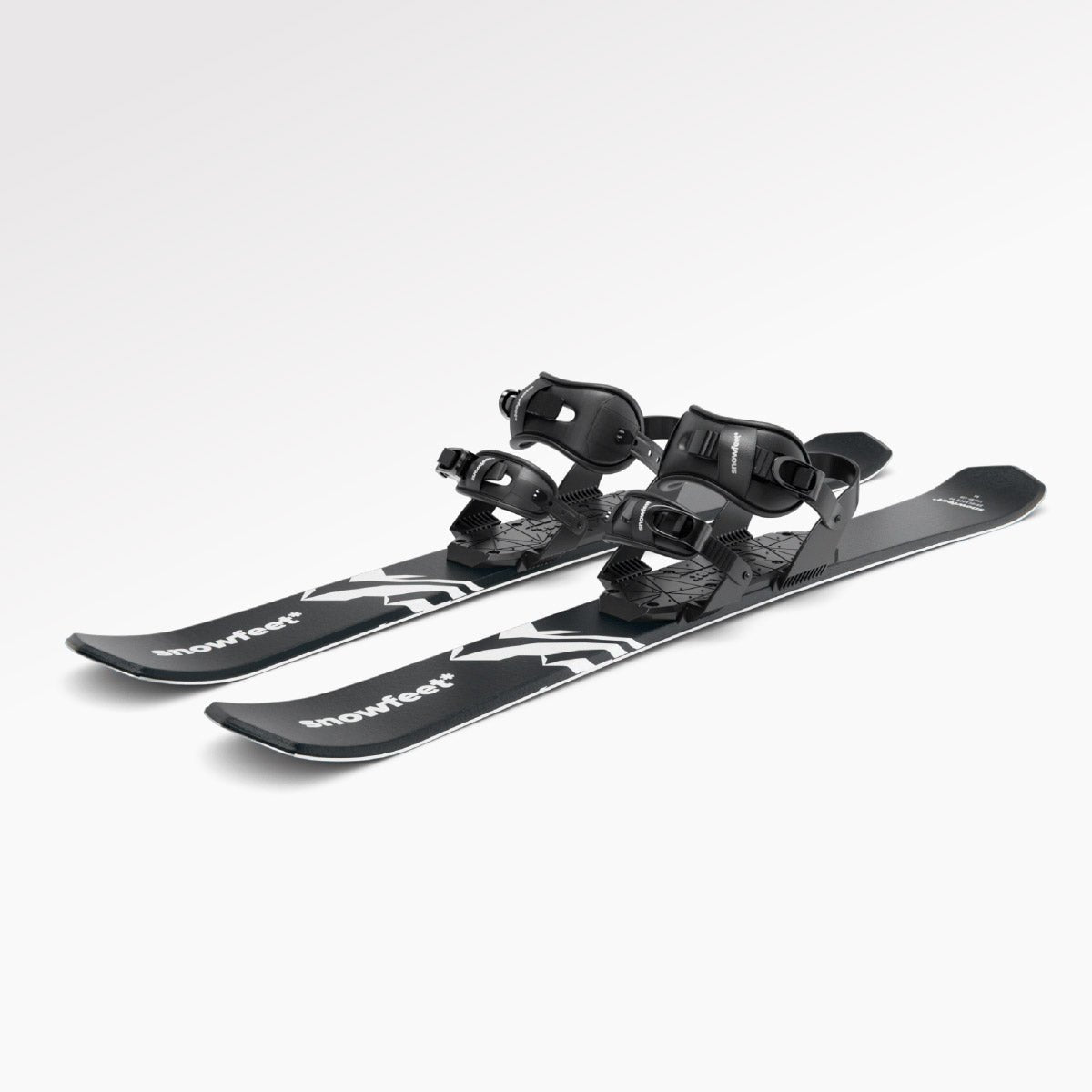

Zanechať komentár
Táto lokalita je chránená testom reCAPTCHA a vzťahujú sa na ňu pravidlá ochrany súkromia a podmienky poskytovania služby hCaptcha.